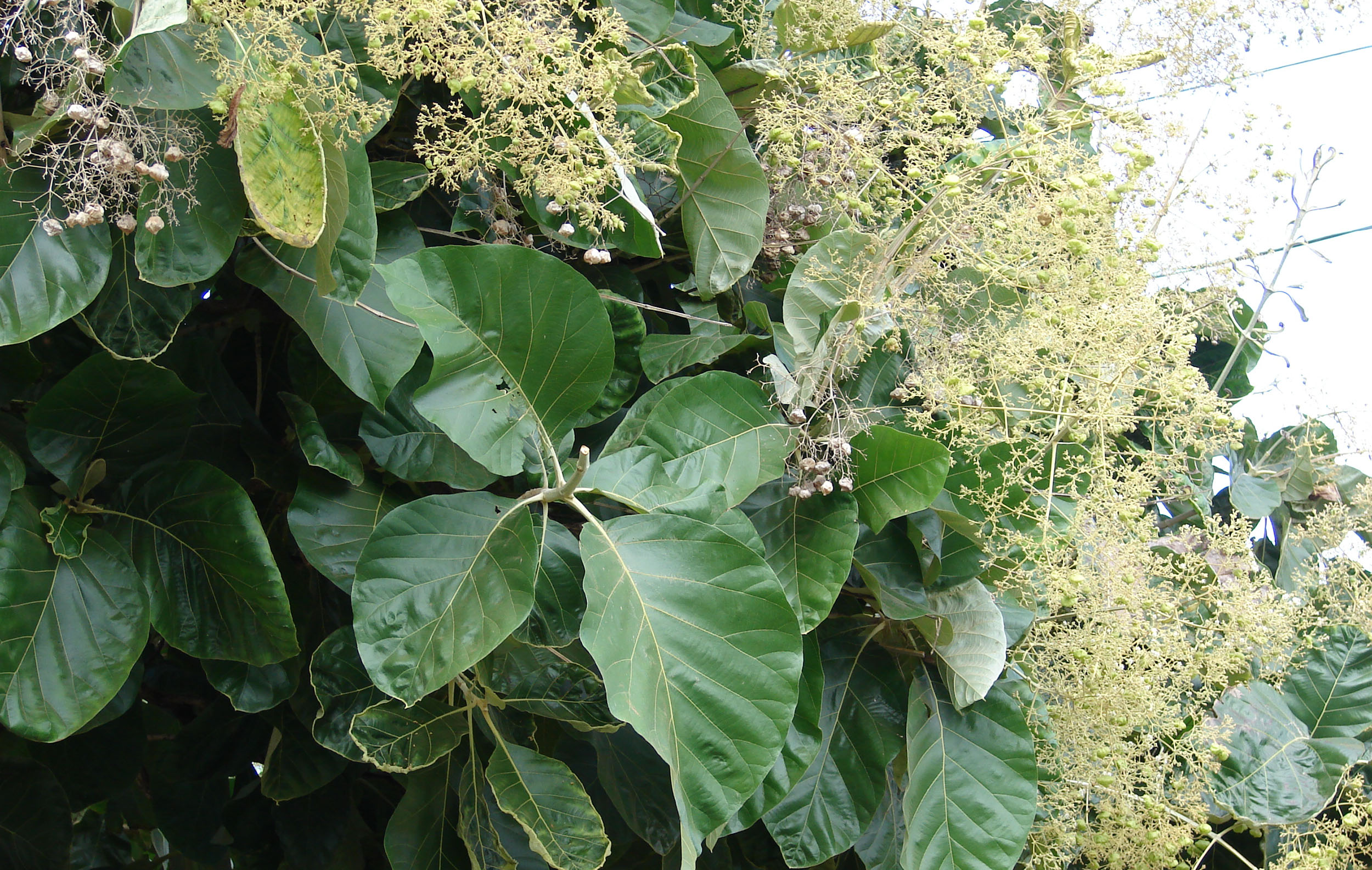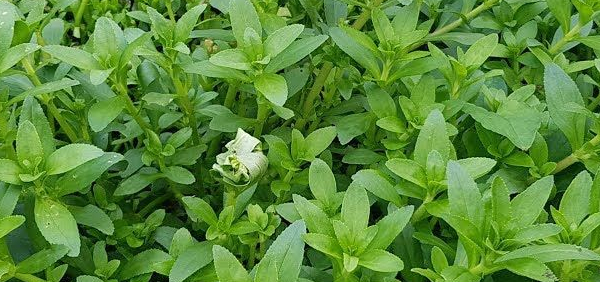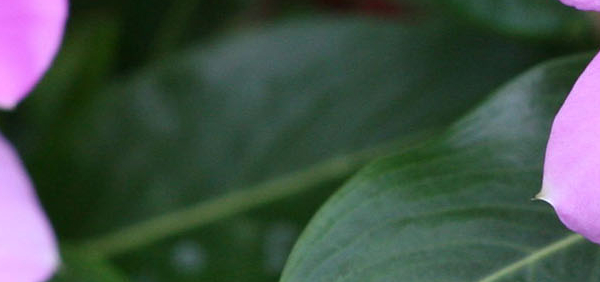shringataka :
 T. grandis Linn. (Family - Verbenaceae) is one of the
most famous timbers in the world and is renowned for its
dimensional stability, extreme durability and hard which
also resists decay even when unprotected by paints and
preservatives. This plant is commonly called as teak and
locally known as sagon, sagwan . It is one
of the most important heart wood of the world over.
Timber value of teak has been well known from decades
T. grandis Linn. (Family - Verbenaceae) is one of the
most famous timbers in the world and is renowned for its
dimensional stability, extreme durability and hard which
also resists decay even when unprotected by paints and
preservatives. This plant is commonly called as teak and
locally known as sagon, sagwan . It is one
of the most important heart wood of the world over.
Timber value of teak has been well known from decadesTaxonomical Classification
Kingdom: Plantae - Plants
Subkingdom: Streptophyta
Superdivision: Spermatophyta - Seed plants
Division: Magnoliophyta - Flowering plants
Class: Magnoliopsida - Dicotyledons
Family: Lamiaceae
Genus: Tectona
Species: Tectona grandis
VERNACULAR NAMES
Sanskrit: Bhumisaha, Dwaradaru, KharacchadaEnglish: teak Indian Teak
Hindi: Sagwan, Sagauna, Sagu
Urdu: Sagwan
Telugu: Teku, Pedda
Bengali: Segunagachh
Marathi: Sagwan
Oriya: Saguana, Sagan, Sagun
Gujarathi: Sagwan, Sag, Saga
Tamil: Tekku
Malayalam: Thekku
Kannada: Tegu, Sagawani, Thega
Punjabi: Sagwan
Spanish: Teca
Assamese: Chingjagu Sagun
French: Teck
German: Tiek
Burma: Kyun
Nepal: Saguan, teak
Synonyms
Synonyms in Ayurveda: shringataka, jalaphal, trikonphali, shringriha, jalavalli, vishani, shringahva, kaseruka, ambukandaRasa: Kashaya
Guna: Laghu Ruksha
Veerya: Sheetha
Vipaka: Katu
Karma: Kaphahara Pittahara
The seeds of Tectona grandis (teak tree) have been recommended as a hair growth promoter in traditional literature. The fatty oil from the seeds of the plant has reportedly been used by tribes for preventing premature hair loss. T. grandis has also been described to be useful as a hypoglycemic agent
STANDARDIZATION:
-Phytochemistry:
Wood contains a resin, a little essential oil, fatty oil, fatty acids (stearic, palmatic, oleic and linoleic acids) and a quinine-like substance, tectoquinine(2-methylanthra-quinone). It also contains anthraquinones, naphthaquinones, quinones, different fatty acids, squalene, betulic acid, a triterpene (C30H48O5) and other terpenoids, sugars, polyisoprene, caouthouc-like substances occur predominantly in the lumen. Bark contains tannins. The skin-irritant lapachomone and the antioxidant tectol are present in the heartwood, which also yields a yellowish brown oil and 2-methylanthraquinone. Leaves contain a number of quinones including a quinone having the formula, C19H14O6. Seeds contain a fixed oil containing chiefly stearic, palmitic, oleic and linoleic acids (Ghani, 2003). Root contain lapachol, tectol, dehydrotectol, tectoquinone, β-lapachone, dehydro-α-lapachone and β-sitosterol (Rastogi & Mehrotra, 1993)PHARMACOLOGY:
IMPORTANT FORMULATIONS – AyaskrtiDosage:
3 – 6 g. of the drug in powder form.30 – 60 g. of the drug for decoction.
Morphology:
T. grandis Linn. is a large, deciduous tree reaching over 30m in height in favorable conditions. Crown open with many small branches; the branch is often supported and may be fluted, up to 15m long below the first branches. Stem usually cylindrical but becoming fluted and slightly supported at base when mature and bark of stem is light brown or grey, distinctly fibrous with shallow, longitudinal fissures. The root system is superficial, often no deeper than 50cm, but roots may extend laterally up to 15m from the stem. The leaves are very large about 30X20cm but young leaves are up to 1m long, 4-sided, shiny above, hairy below, vein network clear, broadly ovate or oval with shortly pointed or blunt tip and taping base and leaves are shed for 3-4 months during the later half of the dry season, leaving the branchlets bare. Flowers are small, about 8mm across, mauve to white and arranged in large, flowering heads, about 45cm long; found on the topmost branches in the unshaded part of the crown. Fruit is a drupe with 4 chambers and these are round, hard and woody, enclosed in an inflated, bladderlike covering; pale green at first, then brown at maturity. Each fruit may contain 0 to 4 seedsHistology:
Heart wood shows well developed xylem, consisting of vessels, parenchyma, fibres and medullary rays; vessels solitary or 2-4 in groups, arranged in radial rows, a few having tyloses; medullary rays multiseriate, thin-walled, oval to elongated, 2-4 celled wide.Geographical distribution:
Natural distribution of teak ranges from the Indian sub- continent through Myanmar and Thailand. It is common in deciduous forests and well-drained alluvial soils. India has one-third of the natural distribution. It is discontinuously distributed throughout Peninsular India in the states of Madhya Pradesh, Maharashtra, Tamil Nadu, Karnataka and Kerala. In Myanmar, the species is distributed throughout the country up. In Thailand, it occurs naturally in the watershed areas of Mae Khong, Salween and Chao Phya rivers. Teak has been introduced as a plantation species in as many as 36 tropical countries across tropical Asia, Africa and South and Central AmericaGeneral Use:
T. grandis Linn. is a pre-eminent tropical timber with sterling wood properties, having an average wood density of 650 kg/m3 . It is moreover considered as a major constituent in many of the traditional medicines . The different extracts from various parts of teak shows expectorant, antiinflammatory, anthelmintic properties. Traditionally, it is used against bronchitis, biliousness, hyperacidity, diabetes, leprosy, astringent, and helmintiasis. A wood powder paste has been used against bilious headache and swellings . According to Ayurveda, the teak wood is acrid, cooling, laxative, sedative to gravid uterus and useful in treatment of piles, leucoderma and dysentery. It allays thirst and possesses anthelmintic and expectorant propertiesTherapeutic Uses:
Kustha, Raktapitta, Mutraroga, Pandu, Prameha, Medoroga, Daha, Srama, Trsna, Krmiroga, Garbhasrava, Garbhapatana.Use in other system of medicine:
and possesses anthelmintic and expectorant properties 11 . T. grandis Linn. leaf extract are widely used in the folklore for the treatment of various kinds of wounds, especially burn woundsKEY WORDS: shringataka Tectona grandis Linn. F. shaka
- » Classification and names of shringataka
- » Synonyms and definitions of shringataka
- » Drug Properties of shringataka
- » Chemical Constituents of shringataka
- » Standardization of shringataka
- » Parts used and Dosage of shringataka
- » Morphology and Histology of shringataka
- » Distribution and Conservation of shringataka
- » Cultivation of shringataka
- » shringataka in the market
- » Medicinal Uses of shringataka
- » Researches and clinical trails of shringataka
- » shringataka in other sytems of medicine
- » Ayurvedic formulations with shringataka
- » Images of shringataka













